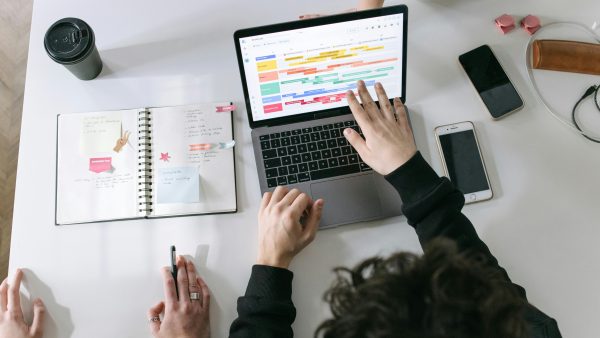The metaphor
Advantages
- Increased ability to score goals.
- Generate more defensive pressure on the opponent.
- Gain variety in the way of attacking.
Disadvantages
- Imbalance
- Difficulty in navigating the various episodes of the match.
- Physical wear and tear
- Loss of ability to defend
We could say that strikers need enablers, they need ball retrievers, who also need to have a defensive system, in short, the team needs a balance to be sustainable for 90 minutes.
This happens in everyday life, for example: in nature, insects and the food chain maintain a balance, in the family lunch, in an orchestra, in a team, in decision making, in our work and this is where we are going to focus.
The importance of maximising profit
If we focus solely on maximising profits we may have less customer satisfaction, a less engaged and happier workforce. The trivalor model seeks to maintain focus on 3 areas: customer needs (1), the business (2) and the workforce (3).
Some applications and uses of the Trivalor model
It helps companies, teams and individuals to make more informed and balanced decisions for impact and sustainability.
- Project planning.
- Operational decision making.
- Product discovery.
- People management.
- Demand management.
Let’s do an exercise
Let’s put ourselves in the shoes of a team that is developing a mobile application for a bank and we face recurring delivery delays, affecting customer satisfaction and the company’s reputation.
What to do? We can ask the team to get up early to meet the objectives and not impact the reputation of the company as it is affecting economically. Would this improve customer satisfaction? Will the team take this decision well? And what if the motivation or abandonment of the team decreases?
With trivalor we could approach it in the following way:
- Customer needs: Sessions to understand customer expectations and structure feedback from users, in order to have a prioritised backlog.
- Company needs: Review the cash flow of the business case, decide to invest in quality ensuring the profitability and sustainability of the end to end of the project.
- Workforce needs: Manage communication and give visibility to the team of the problem, raise needs, perform breakdown of activities, manage risk to accept the challenge and ensure commitment .
Conclusions
In summary, imagine a triangle where each vertex is a need (customer, business and team), the model tells us that if you stretch only one end too far, the other two are impacted. For this reason, in the short term it is not visible, but if you are looking for sustainability you should not neglect this.









